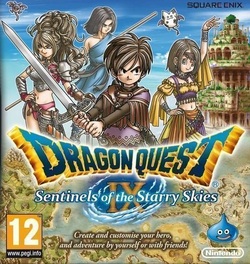
Dragon Quest IX: Sentinels of the Starry Skies
"Dragon Quest IX: Sentinels of the Starry Skies" is a classic RPG published by Square Enix on the Nintendo DS platform.
Game Details:
"Dragon Quest IX: Sentinels of the Starry Skies" is the first installment in the series to feature large-scale open exploration on a handheld platform. Players can customize the protagonist's gender, appearance, and profession, and team members can also be customized, providing a personalized combat experience. The game retains the traditional turn-based combat and job system, and introduces a job switching and skill inheritance mechanism, allowing players to freely mix and match their team based on combat needs. The main storyline revolves around the relationship between angels, gods, and humans, and includes a large number of side quests and hidden dungeons, increasing the game's replayability. The multiplayer mode supports local wireless connection, allowing up to four players to explore dungeons and defeat powerful enemies together. The graphics and music continue the series' warm style and are optimized for the DS's dual-screen features.
Editor's Recommendation:
If you love classic Japanese RPGs, "Sentinels of the Starry Skies" is definitely worth a try. It combines traditional Dragon Quest elements with highly customizable gameplay, allowing each player to create a unique adventure journey. Whether it's delving into dungeons to challenge strong enemies or completing interesting side quests in towns, you can feel a fulfilling game rhythm. The multiplayer mode makes the adventure no longer lonely; you can explore, level up, and assign tactics with your friends, increasing interaction and fun. The story has both a grand mythological background and warm little stories, which is very suitable for immersive experience.
Game Walkthrough:
In "Sentinels of the Starry Skies," job selection and matching are crucial to the efficiency of clearing the game and combat performance. It is recommended to use Warrior, Priest, Mage, and Martial Artist as the core team in the early stages. The Warrior is responsible for defense and attracting enemy fire, the Priest provides healing and buffs, the Mage is responsible for group attacks, and the Martial Artist has an advantage in single-target burst. After more jobs are unlocked in the middle stage, you can try the job change system, such as allowing the Warrior to change to the Martial Artist to inherit high HP, and at the same time gain high-attack skills; the Priest can change to the Sage, who has both healing and magic attacks.
In terms of leveling up, it is recommended to farm monsters in areas with dense monsters, such as where Metal Slimes appear, because they have high experience points and a controllable refresh frequency. Using accelerated combat and range skills can quickly accumulate experience. At the same time, side quests and hidden dungeons can not only obtain rare equipment, but also improve the team's level and attributes.
In battle, the reasonable use of defense and buff skills can reduce the consumption of medicine and improve the ability to continue fighting. Remember to accumulate enough skill points before each job change, so as to inherit core skills in the new job, and achieve the continuous growth and combat power improvement of the team.
RPG Related Retro Games
More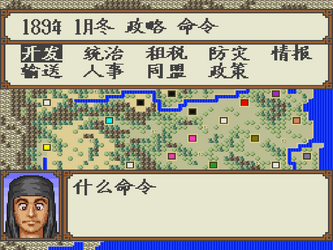
Yokoyama Mitsuteru's Sangokushi
SNES

Pokémon Red
Game Boy Advance
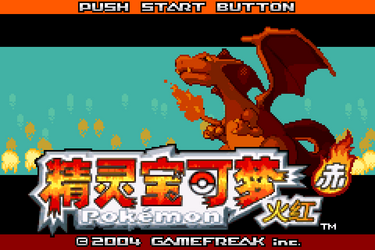
Pokémon FireRed
Game Boy Advance
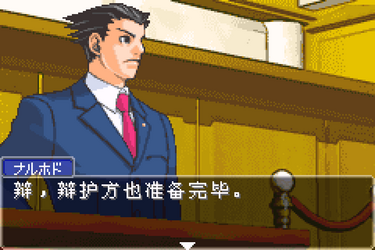
Gyakuten Saiban
Game Boy Advance
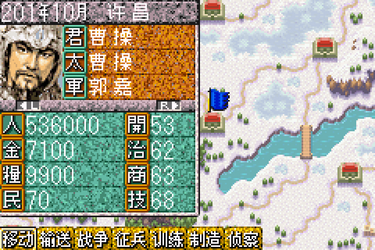
Sangokushi
Game Boy Advance
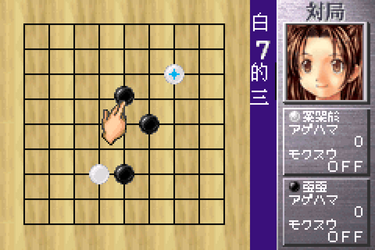
Hikaru no Go
Game Boy Advance

Pokémon Diamond
Gameboy | Color
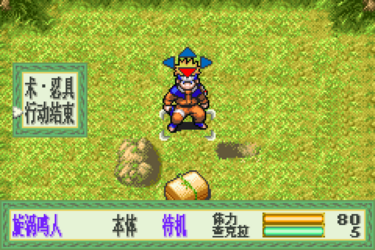
Naruto: Konoha Senki
Game Boy Advance
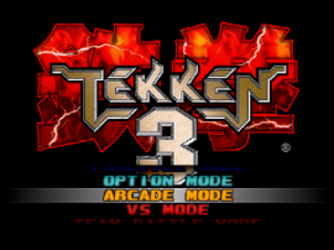
Tekken 3
Playstation

Pokémon: XY Natural
Gameboy | Color
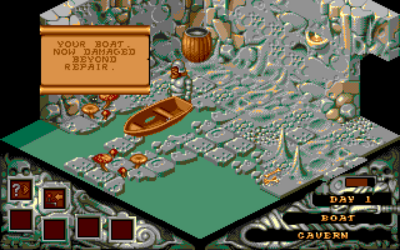
Cadaver
MS-DOS
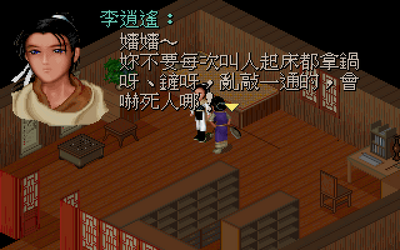
The Legend of Sword and Fairy
MS-DOS
Adventure Related Retro Games
More
Pokémon Red
Game Boy Advance

Pokémon FireRed
Game Boy Advance
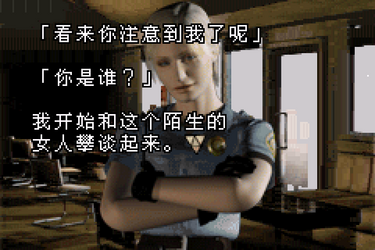
Silent Hill
Game Boy Advance

Pokémon Diamond
Gameboy | Color
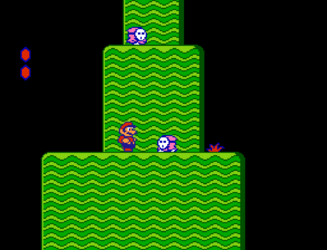
Super Mario Bros. 2
NES / Famicom
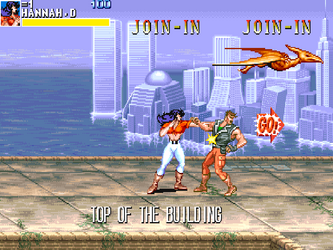
Cadillacs and Dinosaurs
Arcade

Pokémon: XY Natural
Gameboy | Color

Sonic Classic Heroes
Sega Mega Drive

Cadaver
MS-DOS
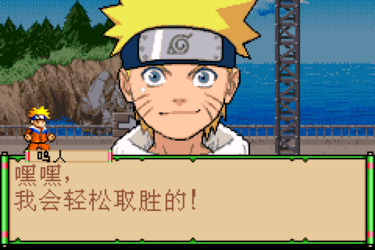
Naruto: Ninja Council
Game Boy Advance

Pokémon Blue
Game Boy Advance
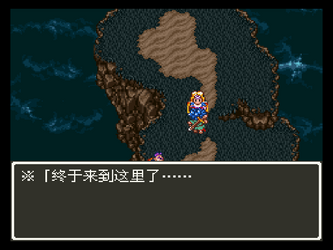
Dragon Quest VI
SNES